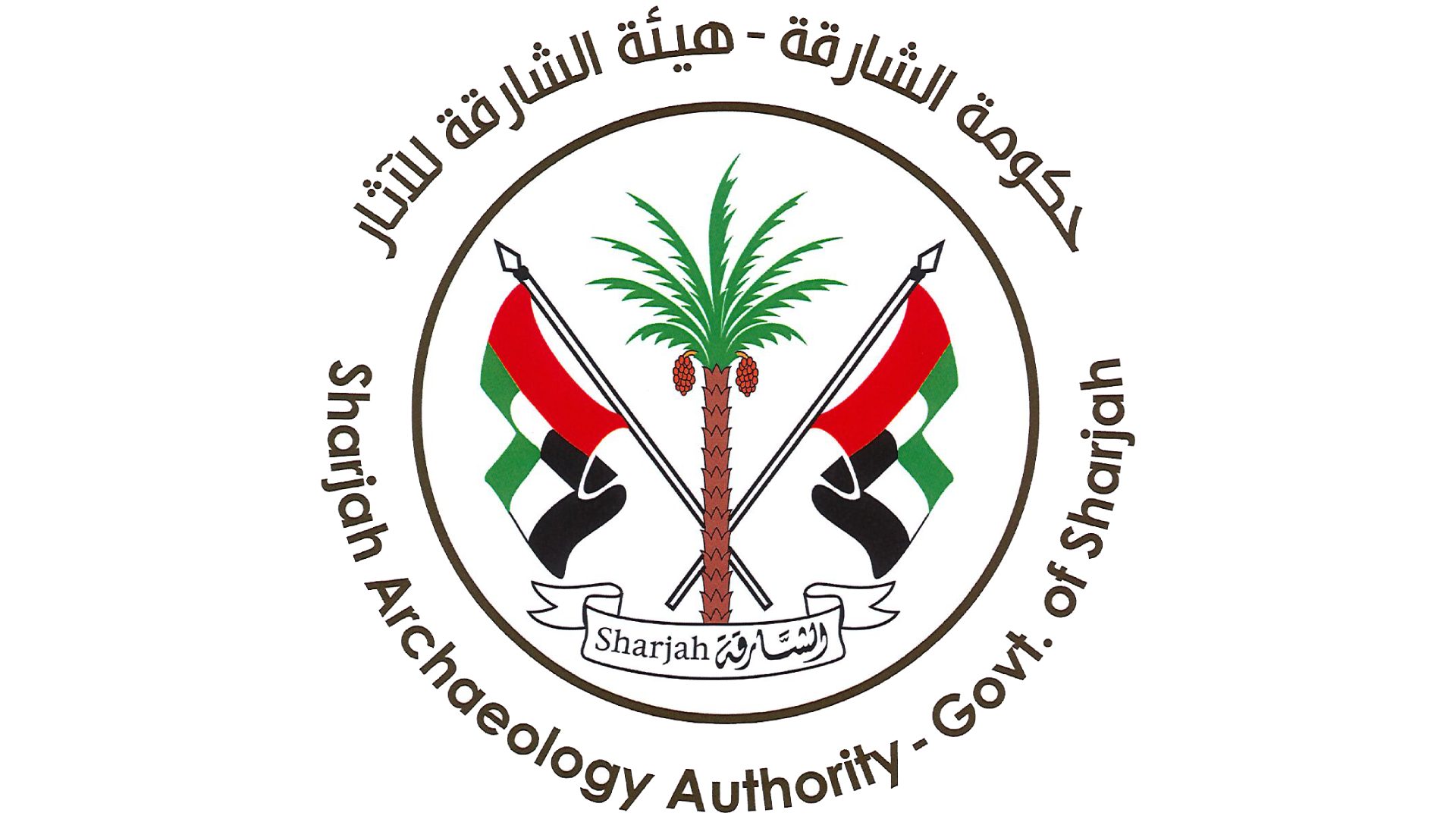The Sharjah Archaeology Authority (SAA) organized a virtual lecture entitled ‘Mleiha’s Antiquities and their Importance in the Arabian Peninsula’, which was presented by Eisa Yousif, Director of Archaeology Department at Sharjah Archaeology Authority. The lecture was centred on Mleiha and its position throughout history as a human settlement area for thousands of years, its medium geostrategic position in the Arabian Peninsula, and its commercial and economic relations. In addition, the lecture considered Mleiha’s importance as an archaeological area full of plaques and material remnants since before Christ and touched on the excavations and excavations discovered since the early 1970s.
The lecture was part of a series of specialized weekly scientific lectures, organized by the authority in the framework of spreading awareness of the restoration and maintenance of antiquities. It was managed by Amna Al Ali, at SAA and was attended by 170 participants interested in preserving antiquities from inside and outside the country.
Eisa Yousif, began his speech with a quote from His Highness Sheikh Dr Sultan bin Muhammad Al Qasimi, Member of the Supreme Council and Ruler of Sharjah: “Archaeological excavations highlight the identity and heritage of people,” and he touched on the archaeological importance of Mleiha in the Arabian Peninsula. Many matters are intertwined in Mleiha and its commercial and cultural impact, and as everyone knows, cities, kingdoms and civilizations in the Arabian Peninsula had their effects in their surroundings. Mleiha had begun to appear around the third century BC and contemporary to other sites between the first BC and the first after Christmas, such as the site of Dibba Al-Hisn and Al-Dur, Sohar in Oman, and others.
The Iraqi Mission
Eisa Yousif indicated that the first archaeological excavation mission in Mleiha was carried out in the early 1970s, through an Iraqi archaeological excavation mission. It was based on a cultural cooperation agreement between the UAE and Iraq, including cooperation in the field of antiquities, and it remained operational until 1974. During the mission, a palace building had been discovered as well as a group of rooms.
After the discovery of the palace building, the area received a special visit by the late Sheikh Zayed bin Sultan Al Nahyan, who stayed for about two hours and was able to see the archaeological excavations and the discoveries resulting from those works. A few years later, the French mission came in the eighties of the last century and based its work on the surveys of the Iraqi mission. In the nineties, the archaeological excavations were completed through a local mission, headed by His Excellency Dr Sabah Aboud Jasim, Director General of Sharjah Archaeology Authority.
Strategic location
The Mleiha region belongs to the central region of the Emirate of Sharjah and is located in the southeast of the Arabian Peninsula, which is an inland region near the Arabian Gulf and the Sea of Oman. It was considered a caravan passage on the Sea of Oman and the Arabian Gulf, and from here it is an important geographical and historically strategic location. It is considered one of the largest archaeological sites in the region, with stunning natural landscapes, and a mountain peak that distinguishes between north and south.
Yousif pointed out that the Al- Mleiha region was in constant contact with the rest of the civilizations that arose in the Mediterranean basin, South Asia, southern and northern Arabia, in addition to the Mesopotamian valley and the regions of eastern Arabia. Many Greek amphora jars and their handles, which still bear the mark of their makers to this day, were discovered in it. This discovery provides the first evidence of commercial operations between the Emirates and the Greek civilizations. In 1994, a cemetery was found containing 26 graves, including one that is dedicated to beauty. In one of these tombs, two skeletons were found, one for a camel and the other for a horse, which had been buried with its entire bridle decorated with golden discs.
He pointed out that Mleiha is full of archaeological remains, and also in the west of Mleiha, there was an area that gathered water, which was a freshwater lake as a result of rain, and there were about 27 wells. He pointed out that the buildings of Mleiha, in the beginning, were light buildings such as tents or throne, and perhaps it witnessed at that stage an increasing migration of the site, for housing and settlement in the important site on the caravan route, by some social groups and tribes who left Taima after they were invaded, so they settled in Mleiha, and from here, Mleiha formed a link between the culture in northern Arabia and southwestern Arabia, and the eastern culture.
Eisa Yousif pointed out that 160 burials were found through the local excavation mission, 9 tombs by the Belgian mission, 6 cemeteries of the French mission, and the Iraqi mission burials, which are human cemeteries and animal burials, especially camels and horses. Nineteen camel skeletons were found, (including 3 hybrid camels) and 2 horses, in addition to one of bones of a child since about 45 AD found inside an apartment building.
Mleiha Fort
Mleiha fort was discovered through the works of the French archaeological mission. It is a large building in size and area, built with milk. It is an almost square-shaped layout, containing 8 towers, 4 of which are distributed on the four corners of the building, while another tower stands in the middle of each side of it. The main tower includes an entrance and is located in the middle of the eastern wall. It is larger than all the other towers. The entrance leads to a rectangular hall with seating decks set up near the walls of the lobby, which may have been used as a room for the building guards.




